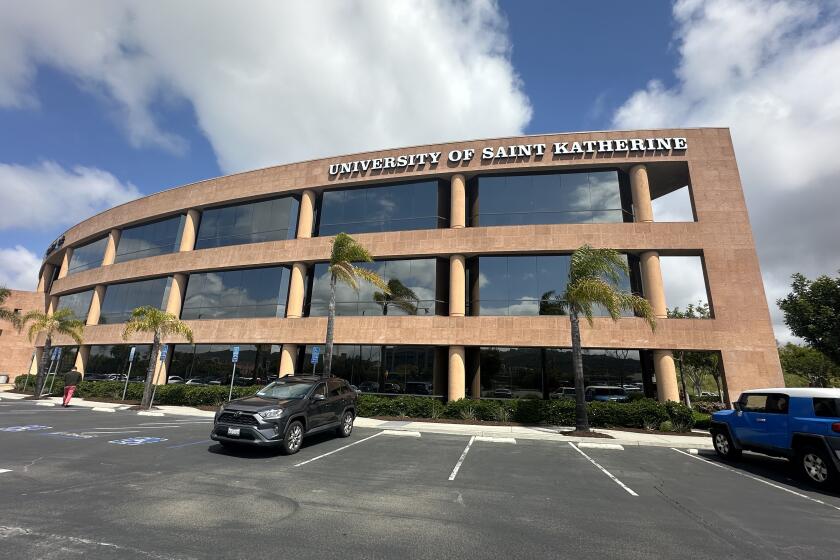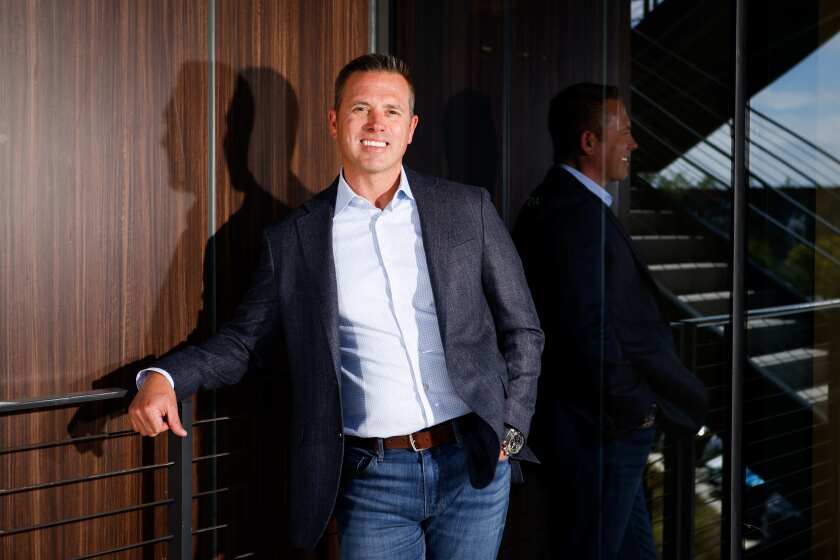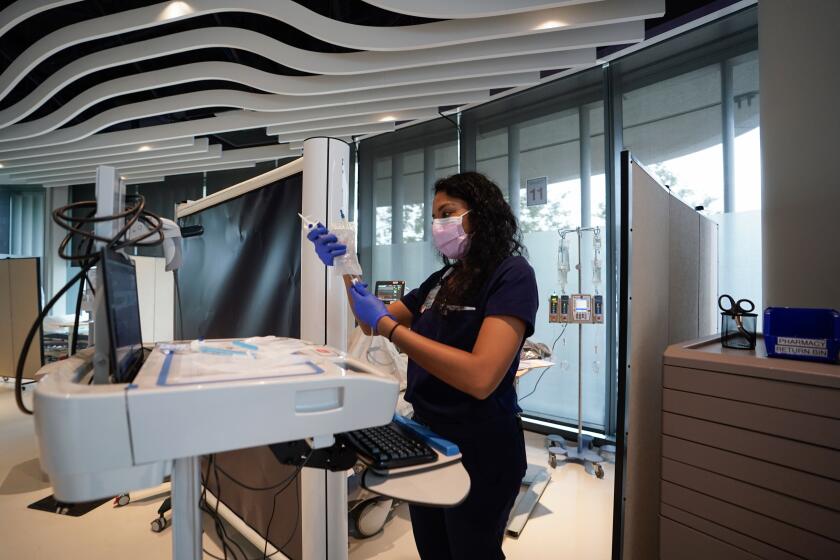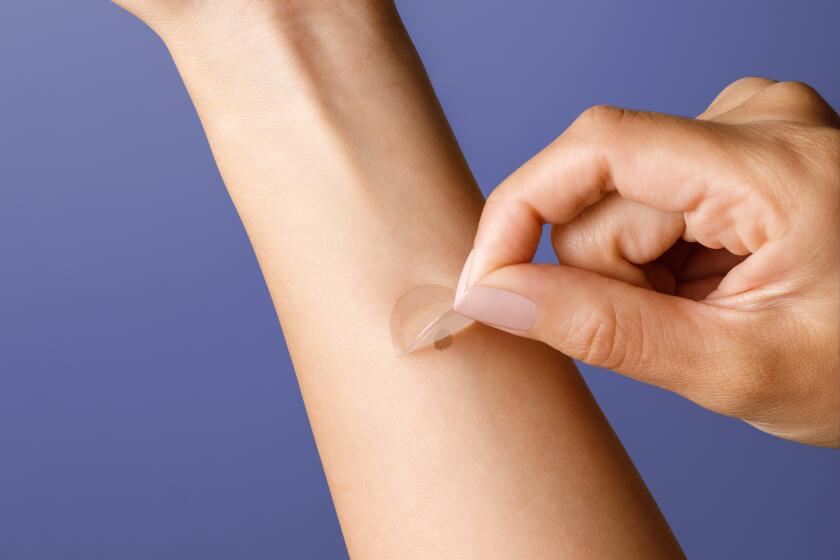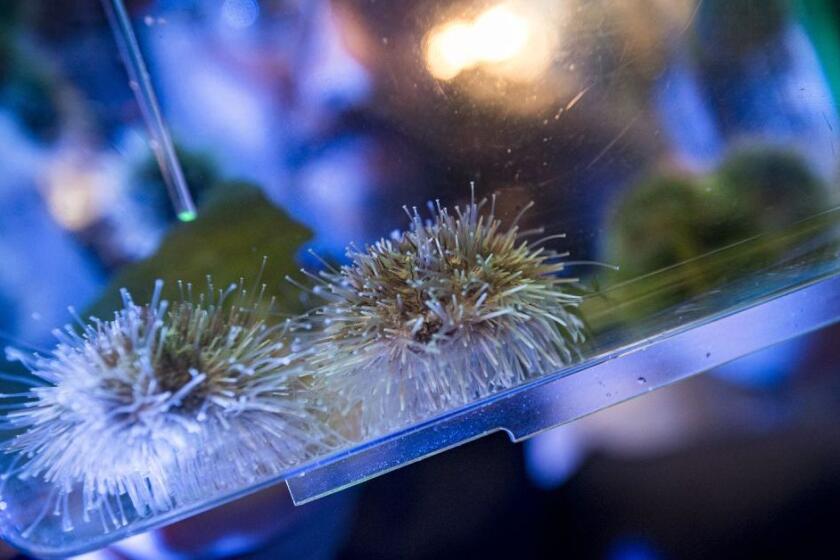UCSD opening huge, cathedral-like engineering center aimed at reshaping the human experience
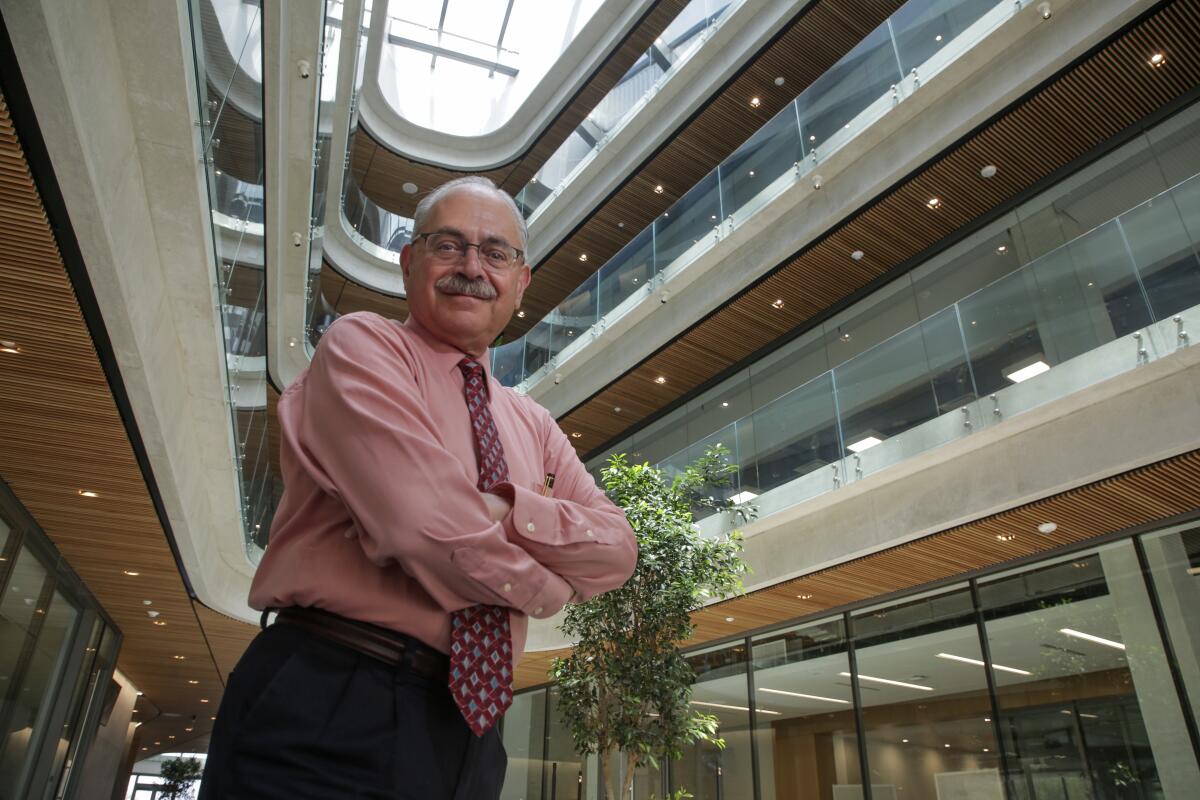
Researchers will focus on everything from self-driving cars to plant viruses that grow vaccines
UC San Diego is about to open a huge, cathedral-like engineering center that will exponentially expand the school’s efforts to do everything from turn plant viruses into human vaccines to program self-driving cars to safely navigate through thick fog.
Franklin Antonio Hall, which cost $180 million to build, will feature 13 “collaboratories,” glassy open spaces meant to maximize the ability of faculty and students from different disciplines to work together, possibly shoulder-to-shoulder with industry engineers.
For the record:
10:19 a.m. Sept. 4, 2022Clarified to show that the Jacobs School of Engineering pulled in $172.3 million in research funding last year.
The four-story building bears the name of Qualcomm co-founder Franklin Antonio, a UCSD graduate who supported the school for decades, partly because its researchers were able to help his company evolve into one of the world’s largest chipmakers.
Antonio died in May at the age of 69, long after donating $30 million to help develop the nearly 200,000-square-foot building, which has become part of the skyline that is emerging as UCSD experiences unprecedented growth.
Scientists and engineers will begin to occupy the building in September, filling space devoted to chip technology, renewable energy, wearable sensors, health and medicine, robotics, digital privacy and security, and artificial intelligence.

The doors will swing open at a timely moment.
UCSD’s Jacobs School of Engineering needs space. Its enrollment hit a record 9,713 students last fall, nearly 2,400 more than a decade ago.
And many of the engineering professors work in fields where government and industry are making huge investments in university research, especially efforts to produce smaller, cheaper, more powerful batteries for electric vehicles.
The matter took on added urgency on Aug. 25 when the California Air Resources Board voted to phase out the sale of new gas-powered cars by 2035. The move also came as the Biden administration was signing a law that will provide semiconductor companies with more than $52 billion to expand chip manufacturing. The effort will require more research help from American universities. And it could benefit chip users like Apple, which says it will have 5,000 workers in San Diego County by 2026. UCSD is trying to create a deeper relationship with Apple.

The Jacobs School of Engineering — which pulled in $172.3 million in research funding last year — also has been attracting money to create wearable sensors that produce “actionable” information, such as data that could indicate that a person was close to suffering a heart attack or an epileptic seizure.
Franklin Antonio Hall “is an upbeat vision of a digital future where science and technology are used to assist people in pursuing health and happiness,” said engineering Dean Al Pisano, who raised public and private money to fund the center.
The building’s labs sit beneath two towering atriums that will bathe the interior with sunlight on clear days.
“You’ll be able to stand at the bottom and look up, or stand at the top and look down, and see half of what’s in the building,” Pisano said.
Call it a $3 million mistake.
The design reflects a major shift in how UCSD thinks about bringing people together in laboratory settings.
In the not-so-distant past, UCSD — like many universities — constructed a lot of buildings that largely placed researchers in silo-like quarters, where they had little space to kibbitz with colleagues and even less to interact with students, including undergraduates, who play a big role in research.
This used to be an especially big problem in UCSD’s computer science building. Much of the time, students were able to reach the main computer labs in the basement only by going outside, to the back of the building, and descending a staircase. The elevators in the lobby weren’t always in use. And the lobby didn’t have a staircase to the labs. This limited interaction between faculty and students.
UCSD eventually fixed the problem.
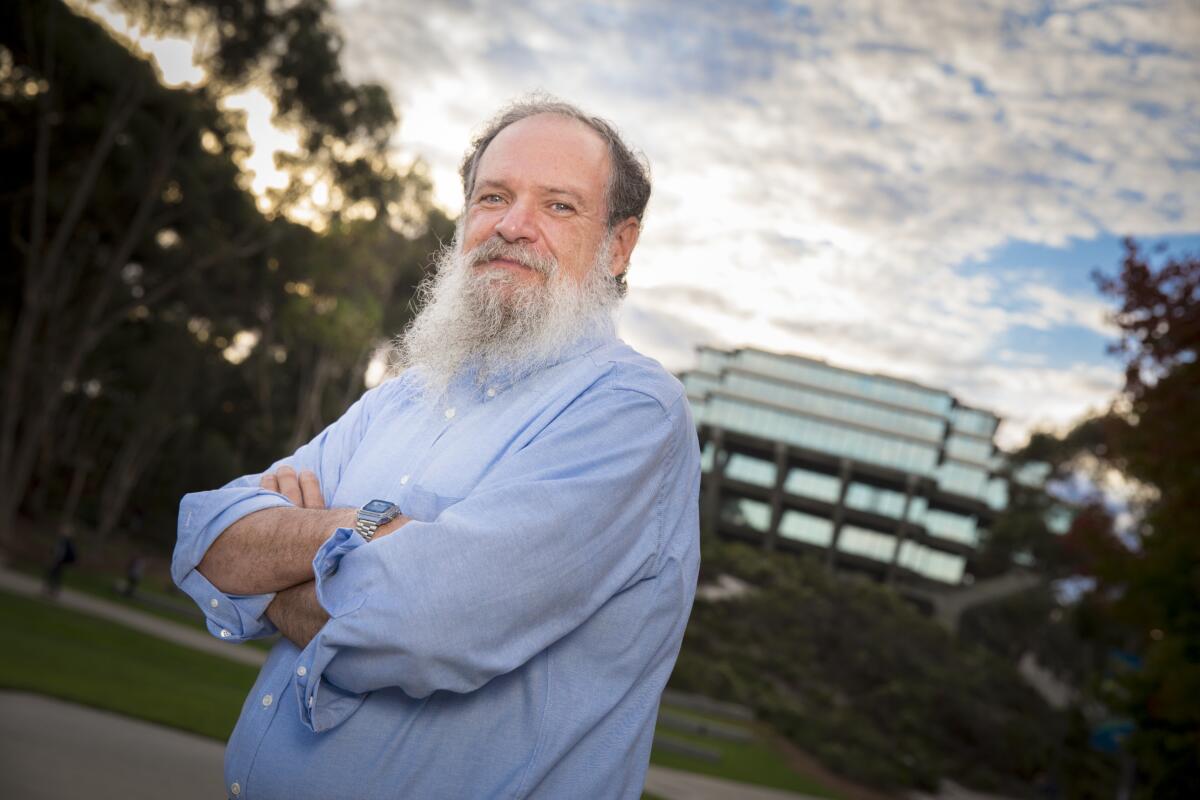
Antonio, who was very blunt, made it clear after making his $30 million gift that he did not like how undergraduates were treated, telling the Union-Tribune in 2019, “As UCSD has grown, I worry about the undergraduate experience. I see this sea of undergraduates and I can’t imagine that they all get the faculty access that I wish they would have.
“The interaction between the students and the faculty is the reason we have the university. If you didn’t need that, you could all just watch online courses.”
His passing comes as UCSD prepares to open engineering building that bears his name.
The university’s rapid growth has caused related issues.
“Our programs have been spread across five buildings,” said Henrik Christensen, director of UCSD’s Contextual Robotics Institute, which is working on self-driving vehicles and on robots that will be able to better navigate busy emergency rooms while delivering materials.
“But all of this will be consolidated in Antonio Hall. Our industry partners will be able to see everything we are doing in one place. This also is going to be a big deal for students. We’re going to see collaboration we’ve never seen before because they are together.”

The school’s supporters include John Smee, senior vice president of engineering at Qualcomm, one of San Diego’s largest employers.
“Our engineers will be able to drop by and have face-to-face conversations,” he said. “They can propose ideas that might end up as experiments.”
The subject matter will be broad in scope.
These days, nanoengineer Nicole Steinmetz takes plant viruses that are harmless to humans, inserts them into black eyed peas, grows the virus, extracts it, and modifies it in hopes of creating human vaccines, possibly ones to treat COVID-19.
Elsewhere in Antonio Hall, electrical and computer engineer Patrick Mercier is focusing on making wearable devices more robust and useful, especially when it comes to human health.
“When you go to the doctor they take your weight, your blood pressure, and then they send you down to the lab to get blood drawn,” Mercier said. “How often does that happen? Once a year? Our bodies change more quickly than that. We need devices that can sample and measure this stuff on a more real-time basis to alert us, or our doctors, if something needs further attention.
“It’ll take more than a bunch of electrical engineers to solve these problems. We need to work with others,” he added. “That is the spirit behind what will happen in this building.”
Get Essential San Diego, weekday mornings
Get top headlines from the Union-Tribune in your inbox weekday mornings, including top news, local, sports, business, entertainment and opinion.
You may occasionally receive promotional content from the San Diego Union-Tribune.







